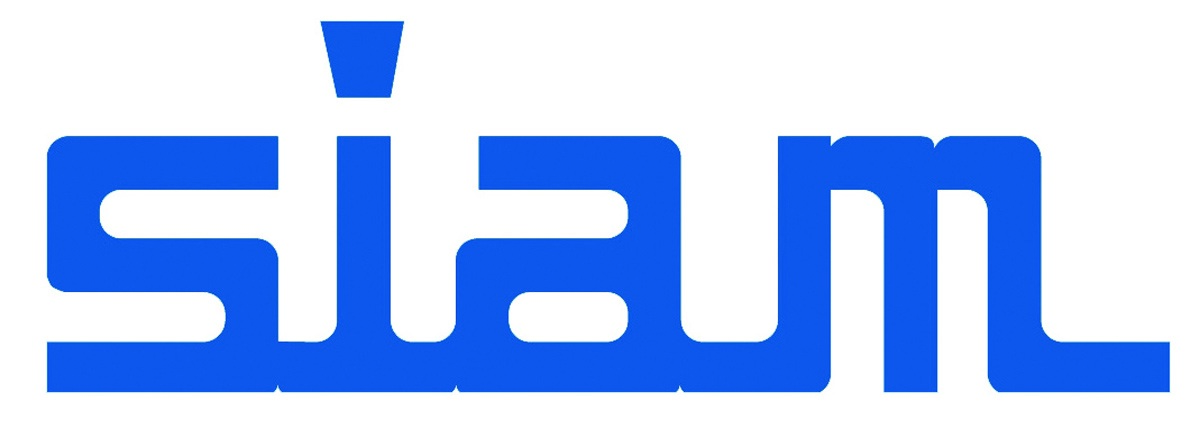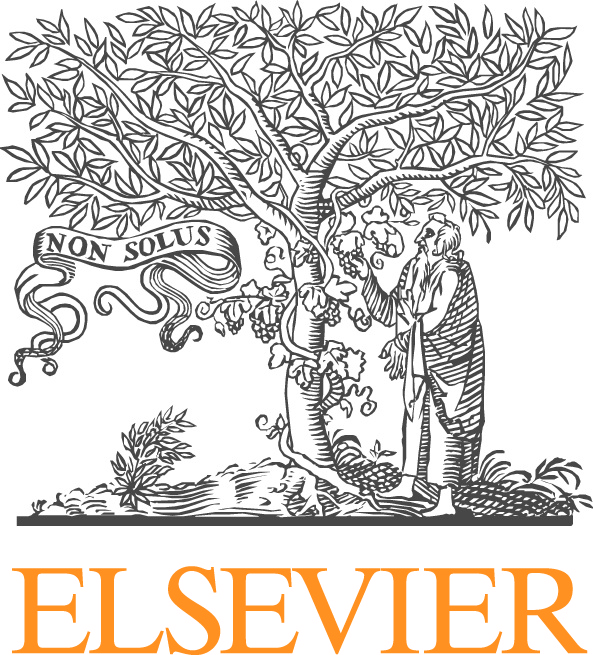Vinamra Agrawal, Auburn University
Brandon Runnels, University of Colorado at Colorado Springs
Charles Wojnar, Lawrence Livermore National Laboratory
Interfaces in materials can be separated into various categories: grain boundaries, twinning boundaries, phase boundaries, ferroelectric domain walls, and magnetic domain boundaries. The mechanics and the motion of these boundaries play a fundamental role in determining the overall physical properties of a material, e.g. stiffness, strength, plasticity, dielectric constant, piezoelectric constant, coercive field, and magnetic susceptibility. Presence of interfaces also drive the microstructural evolution of the materials. As such, material design for different applications is heavily influenced by the presence and the properties of interfaces.
This symposium invites abstract submission on topics related to improving our understanding of interface driven microstructure evolution in the following categories:
1. Modeling material microstructure and the role of interfaces in macroscopic response.
2. Modeling grain boundary anisotropy of energy and mobility in metals and ceramics
3. Computational modeling of grain boundaries in microstructure (using, e.g., atomistic, dislocation dynamics, or phase field methods)
4. Modeling the formation, motion and mechanics of interfaces in extreme environments.
5. Interactions of interfaces with existing defects, as well as interfaces leading to the formation of defects.
6. Modeling domain walls in ferroelectric materials (using, e.g., phase field methods, continuum mechanics, or atomistics)
7. Understanding the evolution of magnetic domains (using, e.g., phase field methods or continuum mechanics)







